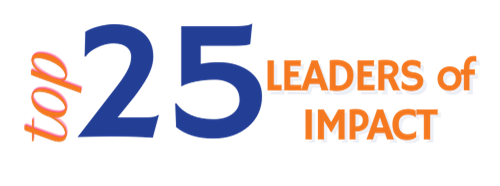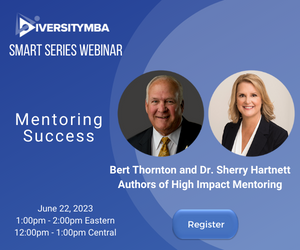“I matter, I count, I contribute, I think, I breathe, I feel. I’m strong, I’m committed, I’m intelligent. I can learn, I can teach, I can motivate, I can inspire. It might take some adjustments to get it done, but it will get done well.”
By now you might be wondering who I could possibly be talking about. I’m talking about the largest underrepresented group in our workplace – persons with disabilities. According to the U.S. Census Bureau, 19 percent of the population in 2010 had some form of disability – approximately 309 million people. Also 70 percent of our aging population, 65 years and older, have some form of disability.
Now let us be clear, disability does not have to prevent someone from being a significant contributor in the workplace. In 2013, 17.6 percent of persons with a disability were employed, the U.S. Bureau of Labor Statistics reported. In contrast, the employment-population ratio for those without a disability was 64.0 percent.
Companies do get that this group is significant to our workforce. Below are some insights on what companies are doing to be inclusive, according to our 2014 Inclusive Leadership Survey (DMBA Benchmarking):
– 88 percent of companies target persons with disabilities for inclusive recruiting;
– 80 percent of companies use, on average, five sources for disability recruiting;
– 47 percent of companies have disability employee resource groups;
– 100 percent of companies do not know the total number of persons with disabilities in their employee base;
– 100 percent of companies identify persons with disabilities in the on-boarding process when referencing accommodation requirements;
Yet, as I was reviewing these statistics, I was getting very emotional because the data shows that we know we have a large group of persons with disabilities who are contributing individuals in the workforce however companies are not putting in the necessary resources to know for sure how many persons with disabilities are in their current employee base. Yeah, some key things are being done but, when it comes to efforts to ensure that no discrimination or bias enters into any decision-making, too many are hiding behind laws that protect the privacy of persons with disabilities.
Oops, that does not work because, I guarantee you, bias creeps into the depths of the subconscious of employees who are not quite sure how to engage persons with disabilities (visible or invisible disability). It is a reality that we can identify physical disabilities and provide accommodations and try our best to make sure these individuals feel safe and worthy. But how about the ones with invisible disabilities who would love to let their employer know that, if they could just get a bit more accommodation, they could contribute more. But they dare not speak out because it is not safe; the environment is not trustworthy and the team member or hiring manager just does not get it. They feel that their job or a promotion could all be at risk, therefore they say nothing.
At the end of the day, they just want to be counted on as a major source of talent. I ask the many companies and organizations in the marketplace: Does bias exist in your company in the form of inability to or disinterest in learning more about the most underrepresented group in your workforce?









